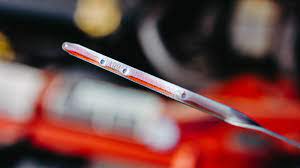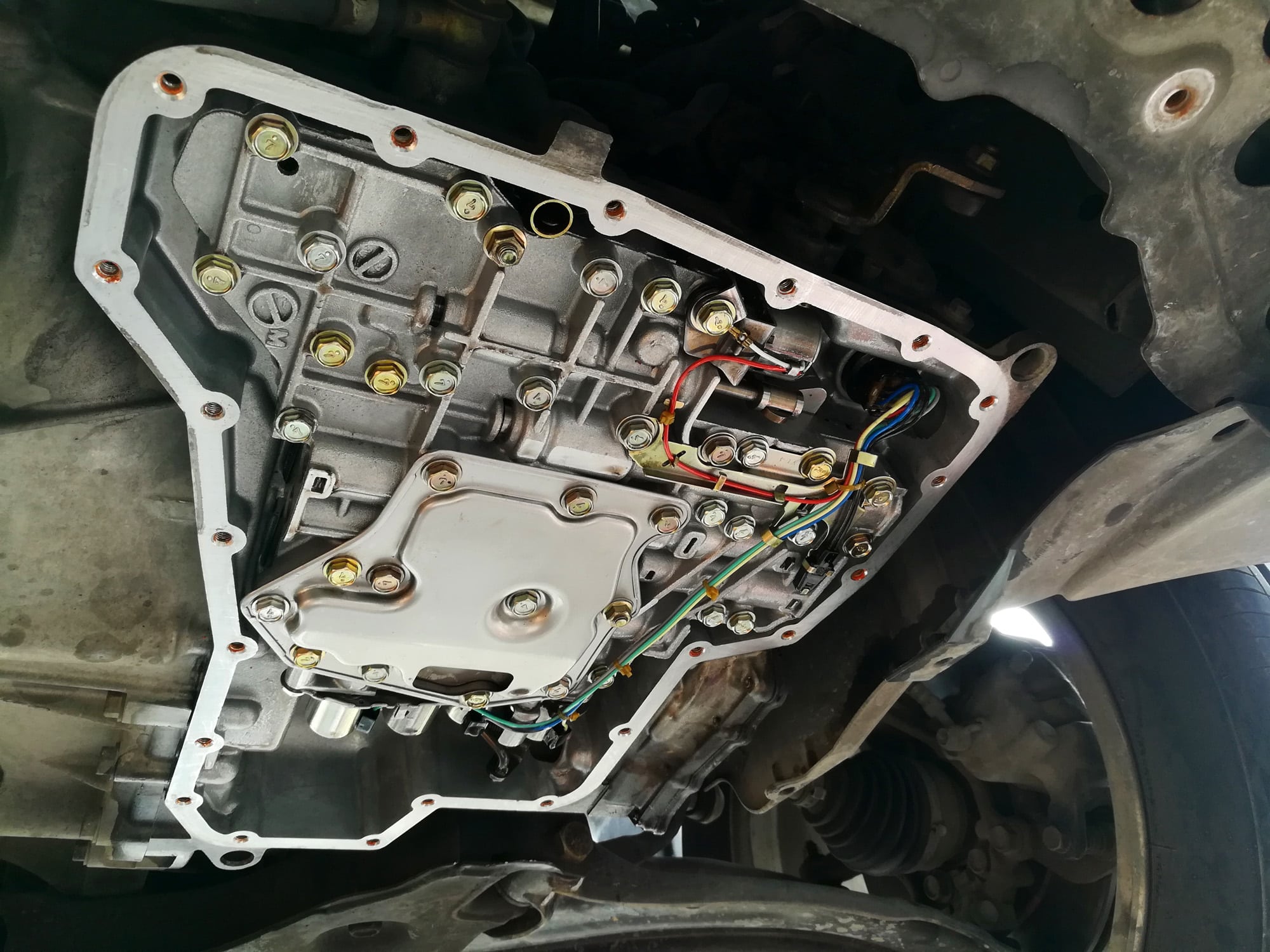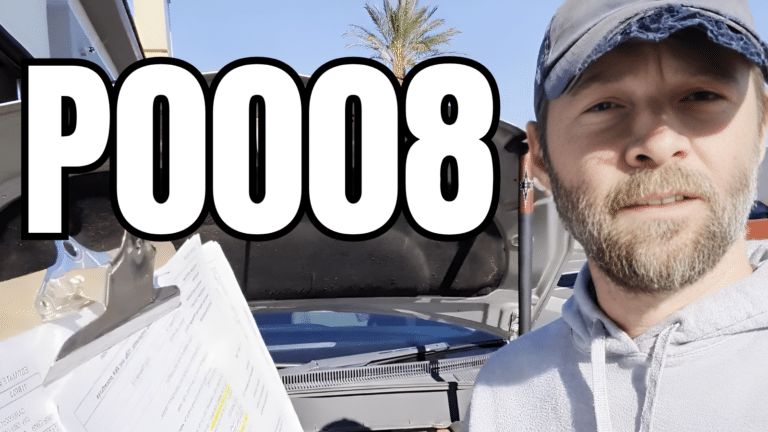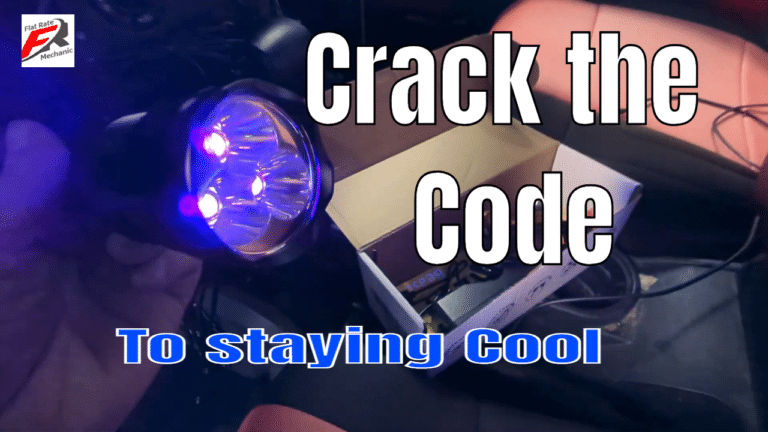Transmission problems can be a significant inconvenience for any car owner and can even leave you stranded on the side of the road. Knowing the signs of a transmission problem is essential to address it quickly and avoid costly repairs. This article will cover the most common transmission problems and their symptoms, causes, and solutions to help you keep your car running smoothly.
Slipping Transmission
One of the most common transmission problems is slipping. This occurs when the transmission cannot maintain a steady gear ratio, causing the engine to rev up and the car to lose power. This can happen due to various factors, including low transmission fluid levels, a worn clutch, or a malfunctioning transmission control module.
Symptoms of a slipping transmission include a noticeable loss of power while driving, the engine revving up without the car accelerating, and difficulty shifting gears.
To solve this problem, a professional must check the transmission fluid levels and have the transmission inspected. In some cases, adding more transmission fluid or replacing a worn clutch may solve the problem. However, if the problem is caused by a malfunctioning transmission control module, this will need to be replaced by a professional mechanic.
Grinding or Shaking Transmission
Another common transmission problem is grinding or shaking. This can occur when the gears aren’t shifting smoothly and can be caused by worn gears or a malfunctioning transmission control module.
Symptoms of a grinding or shaking transmission include a noticeable shaking or vibration while driving, difficulty shifting gears, and a grinding or whining noise from the transmission.
To solve this problem, it is essential to have the transmission inspected by a professional and have any necessary repairs made. Replacing worn gears or a malfunctioning transmission control module may be enough to solve the problem.
Delayed Shifting
Another common transmission problem is delayed shifting. This can happen when the transmission is having trouble shifting between gears and can be caused by low transmission fluid levels, a worn clutch, or a malfunctioning transmission control module.
Symptoms of delayed shifting include a noticeable delay when shifting gears, difficulty shifting gears, and the transmission slipping out of gear.
To solve this problem, it is essential to check the transmission fluid levels and have the transmission inspected by a professional. In some cases, adding more transmission fluid or replacing a worn clutch may solve the problem. However, if the problem is caused by a malfunctioning transmission control module, this will need to be replaced by a professional mechanic.
Complete Transmission Failure
One of the most serious transmission problems is complete failure. This can occur when the transmission is unable to function at all and can be caused by worn gears, a malfunctioning transmission control module, or a failure of the transmission fluid pump.
Symptoms of a complete transmission failure include slipping out of gear, the car not moving when in gear, and the transmission warning light coming on.
To solve this problem, it is important to have the transmission inspected by a professional and have any necessary repairs made. In some cases, replacing worn gears or a malfunctioning transmission control module may be enough to solve the problem. However, if the problem is caused by a failure of the transmission fluid pump, this will need to be replaced by a professional mechanic.

Conclusion
Transmission problems can be frustrating and costly, but they don’t have to be. By knowing the signs of a transmission problem and addressing it quickly, you can prevent costly repairs and keep your car running smoothly. Regular maintenance, such as checking
It is important to note that early detection and diagnosis of transmission problems can save you a lot of money and hassle in the long run. It is always best to address transmission problems as soon as they occur rather than waiting until they become worse and more costly to repair.
One of the best ways to prevent transmission problems is through regular maintenance. This includes checking the transmission fluid levels and having the transmission inspected by a professional at regular intervals. It is also important to keep an eye out for any warning signs or symptoms of transmission problems, such as slipping, grinding, shaking, delayed shifting, or complete transmission failure.
Another important factor in preventing transmission problems is proper driving habits. This includes avoiding hard acceleration, rapid deceleration, and excessive use of the clutch. It is also important to avoid overloading your vehicle, as this can put extra stress on the transmission and cause it to wear out more quickly.
When it comes to transmission repairs, it is always best to take your vehicle to a professional mechanic who has experience and expertise in working on transmissions. Many types of transmission problems can occur, each requiring a different approach and solution. A professional mechanic can diagnose the problem and provide the best action for repair or replacement.
In summary, transmission problems can be a significant inconvenience for any car owner and can even leave you stranded on the side of the road. Knowing the signs of a transmission problem is essential to address it quickly and avoid costly repairs. By following regular maintenance procedures, keeping an eye out for warning signs, and driving correctly, you can help prevent transmission problems from occurring. If you suspect that you have a transmission problem, it’s essential to have it inspected by a professional as soon as possible. The sooner you address the problem, the less likely it is to cause severe damage.










